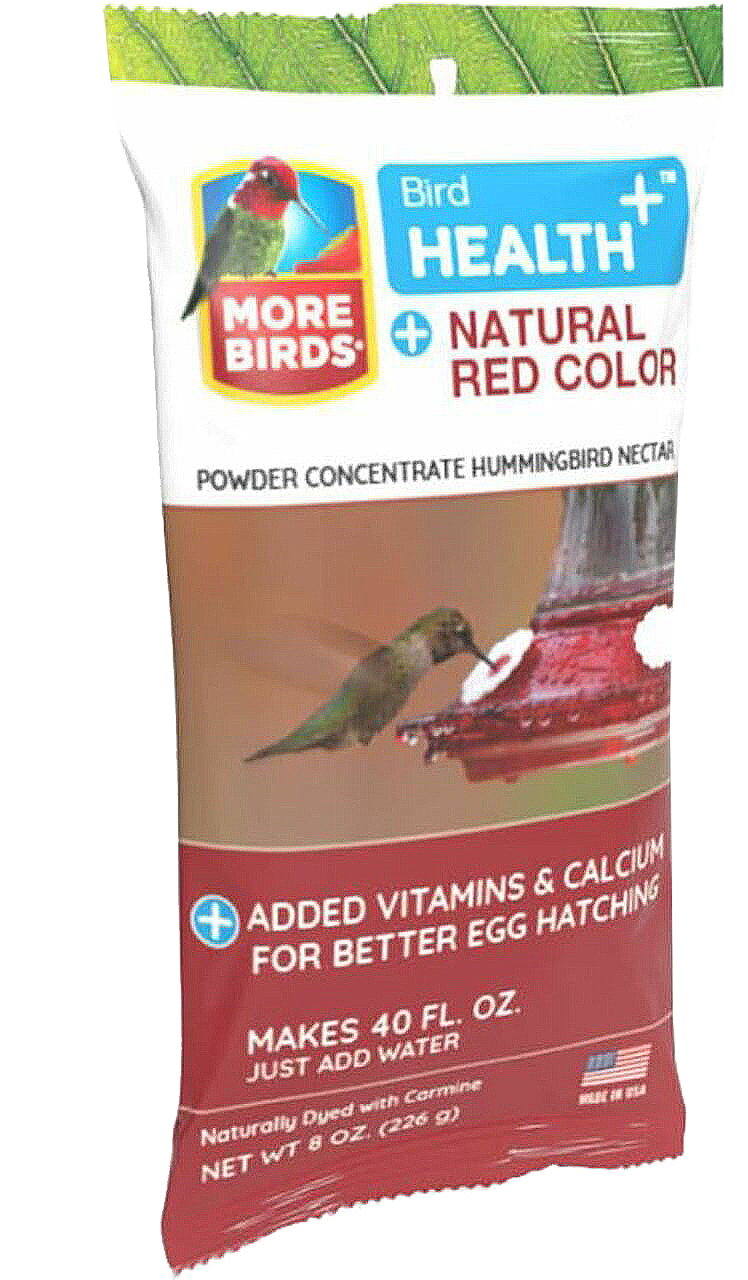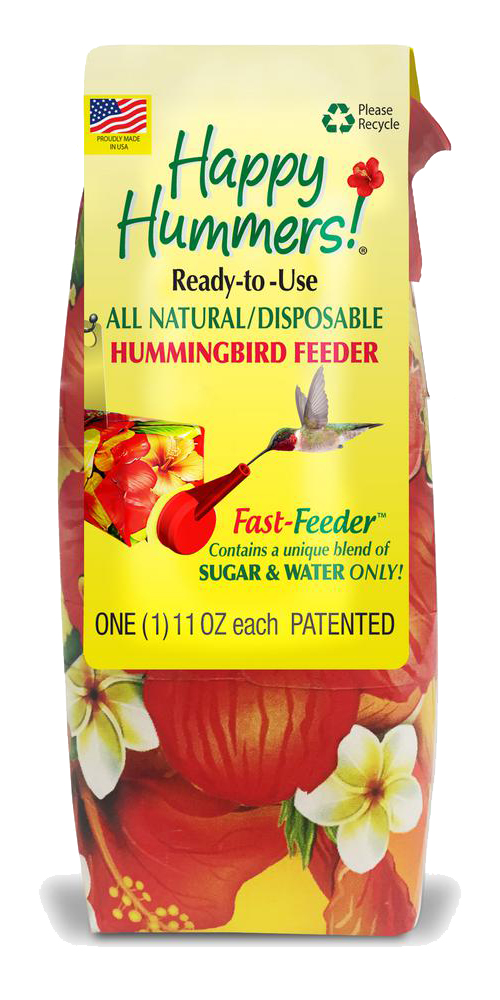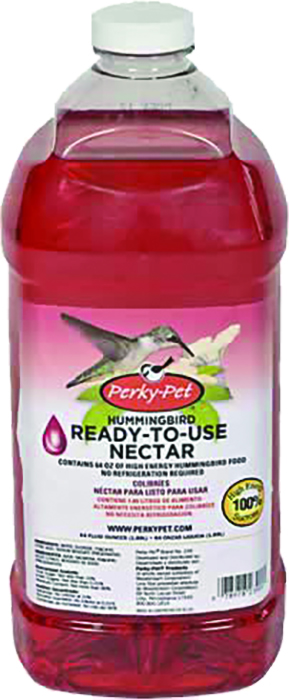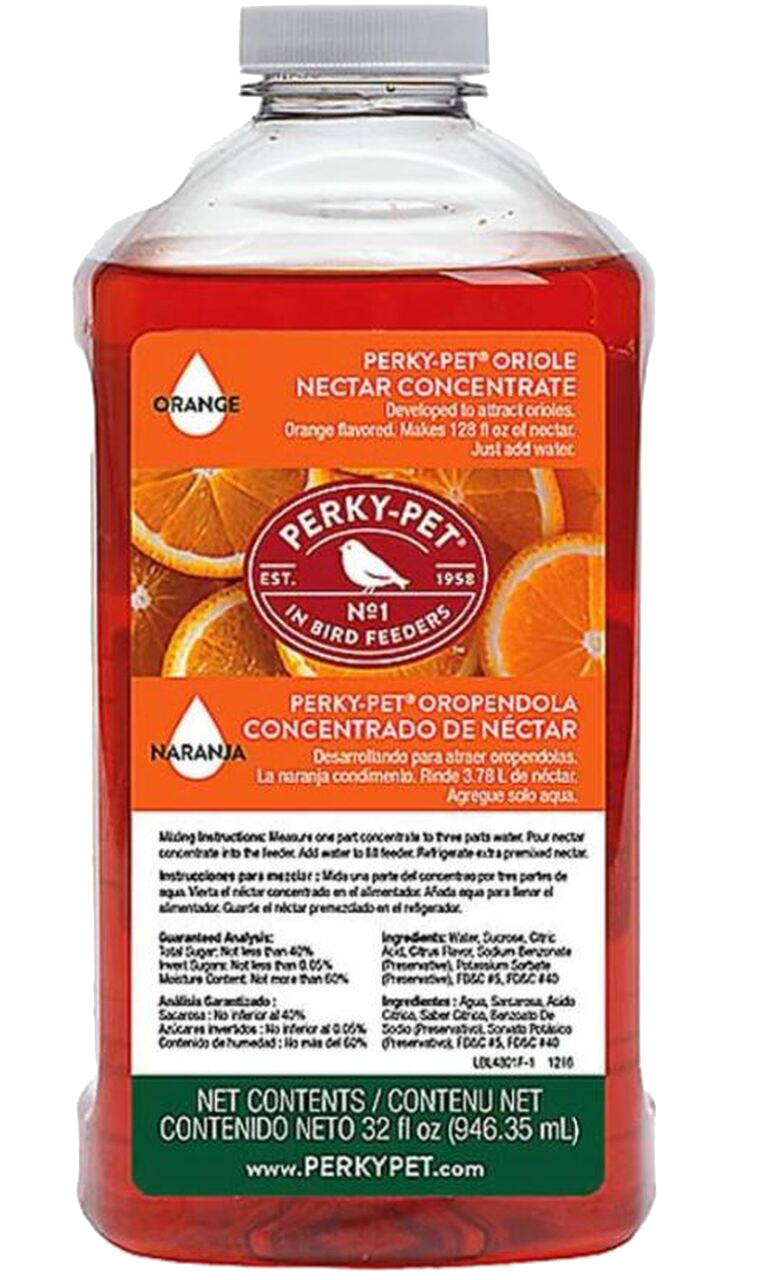Pollinator Planting


Filling your backyard with indigenous plants not only makes growing easier because the climate is right, it also provides the right attraction for pollinators — butterflies, moths, bees, hummingbirds, orioles and more. Beautiful, hardworking pollinators do an important job of keeping gardens and farms thriving. Here are a few tips for attracting the heroes of our ecosystem.

With the right flowering plants as a food source, bees will stay in our area from March to November, making it important to plant annuals that last throughout the season and/or perennials in sequence so there’s always something in bloom.
Bees also love native wildflowers, flowering trees and vegetable gardens.


Isn’t it inspiring to see butterflies dancing about in your yard? While Monarchs may be the most recognizable (and most endangered), there are many types of butterflies that spend time in the northeast, including the Black Swallowtail, Eastern Tiger Swallowtail, Buckeye, and Pearl Crescent. When they find the native plants they’ve grown accustomed to, a mutually beneficial relationship continues.



There are several flowering plants that bring hummingbirds to your backyard.
Black-Eyed Susans, Dahlias, Chrysanthemums, Goldenrod, Joe Pye Weed, Zinnias and Honeysuckle Vine.

Hummingbirds also like sugar water. A 4:1 ratio of water to sugar works best. But steer clear of brown sugar or honey.
Did you know?
In our area of the country, we only see Ruby-Throated Hummingbirds.

These beauties enjoy just about any native nectar-producing flowers. They love the color orange. So if you want to see the orioles, plant accordingly! They also enjoy the sight of moving water. Fountains and bubblers are always a big hit.

Just like humans, orioles love fresh fruit! Topping the list are grapes and oranges. CountryMax has multiple feeder types that will accommodate fresh fruit slices, jellies and more. Another oriole favorite is sugar water. Most birding experts recommend about 6 parts water to 1 part sugar.
Pro Tip:
Put your hummingbird feeders out earlier to attract more hummingbirds when they pass by! Early hummers will spot the colorful red in your yard and choose your yard to make their summer home!







